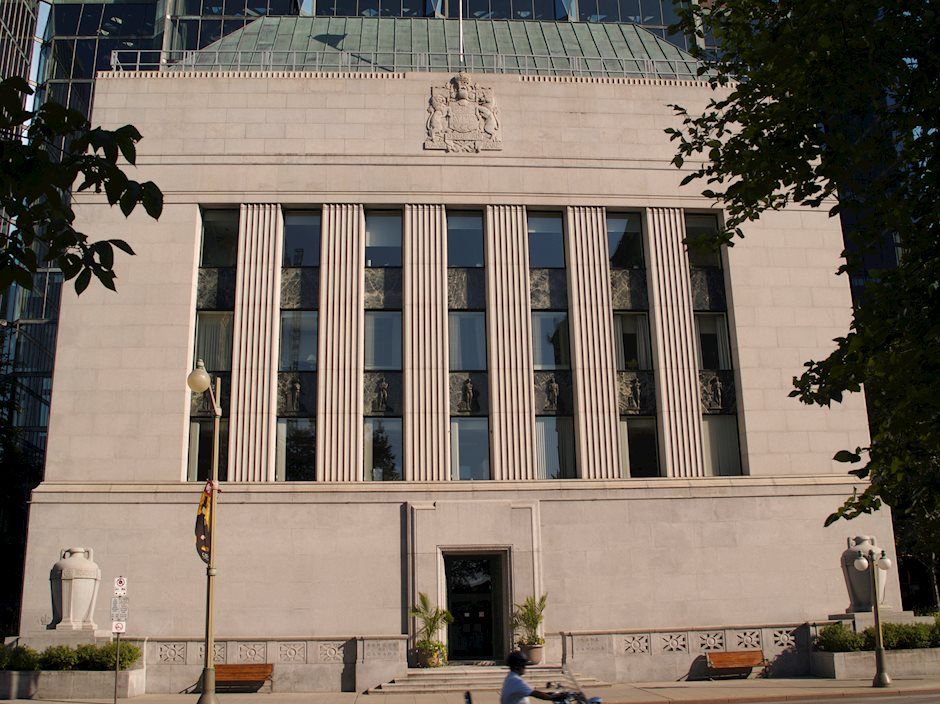BOC Preview: Buy the coronavirus cut rumor, sell USD/CAD on the fact? Five scenarios
- The Bank of Canada is set to cut interest rates in its March decision.
- The BOC would be responding to the coronavirus crisis and recent weakness in the economy.
- The Canadian dollar has room for gains as a cut is priced in.

Coronavirus has reached Canada – and the central bank is ready to act. Yet for the Canadian dollar, it may turn into good news as a cut is already priced in.
Back in January, the Bank of Canada released a dovish statement, warning about the state of the economy and opening the door to rate cuts. Stephen Poloz, the bank's governor, was worried about unimpressive growth and Canadian consumption.
Canadian retail sales have mostly missed the mark in recent months:
The loonie reacted already then with a fall, getting ready for action from the BOC.
And now, the coronavirus crisis is hitting economies worldwide. At the time of writing, the North American nation has confirmed 27 cases – relatively low in comparison to Canada's size. However, disruptions to supply chains in China and other places may hit the local economy. Moreover, oil prices have plummeted in expectations of weaker demand. Canada's crude exports are feeling the pain.
On this background, economists expect the BOC to cut interest rates now. Similar to the Federal Reserve, the Ottawa-based institution's lending rate stands at 1.75% – a relatively high level for developed economies. That gives Poloz and his colleagues room to cut rates. Contrary to the US, expectations stand at a standard 25 basis point cut, while US bond markets are pricing in a double dose of 50bp cut.
However, the BOC previously surprised markets – with cuts, hikes, and leaving rates unchanged when investors were prepared for something else. Moreover, the full reaction also depends on guidance for the next moves. That provides no fewer than five scenarios:
USD/CAD scenarios
1) A standard cut, readiness to do more: In this case, the BOC cites domestic economic weakness for its current cut and coronavirus fears for potential additional reductions.
This scenario has the highest probability as it would be in line with what other central banks are doing while providing calm to markets by pledging more action. In this case, the loonie may "buy the fact" – rising in response to a measured response that is already priced in.
2) A standard cut, no hint of the next actions: In this scenario, the BOC refrains from further commitments and perhaps labels move as only an "insurance one" – to soothe markets in response to the health crisis.
The probability is medium, and with no imminent cuts on the horizon, the loonie may move more significantly higher.
3) A double-dose cut, no further commitment: In this case, the bank would prefer sending a stronger message and a deeper "shot in the arm" to the economy by immediately lowering borrowing costs.
A reduction of 50bp is considered an extraordinary move and could send the loonie lower, as it would be a dovish surprise. The probability is medium.
4) A double-dose cut, openness to do more: This is the most dovish scenario in which the BOC goes all-in with an immediate shock followed by ongoing support.
In that case, the C$ would crash, potentially triggering new yearly highs in USD/CAD. The probability is low as the situation does not seem so grave.
5) No cut: As mentioned, the BOC may provide surprises, and a shock hold of interest rates cannot be ruled out. This scenario – which has very low probability – would probably be based on waiting for more economic data to show up before acting. The loonie would surge and USD/USD crash in this unlikely scenario.
Conclusion
The BOC's March decision is likely to consist of a standard rate cut which may trigger a rise in the loonie – as it is priced in. A The full reaction depends on the size of the move and the guidance towards the next moves.
Author

Yohay Elam
FXStreet
Yohay is in Forex since 2008 when he founded Forex Crunch, a blog crafted in his free time that turned into a fully-fledged currency website later sold to Finixio.


















